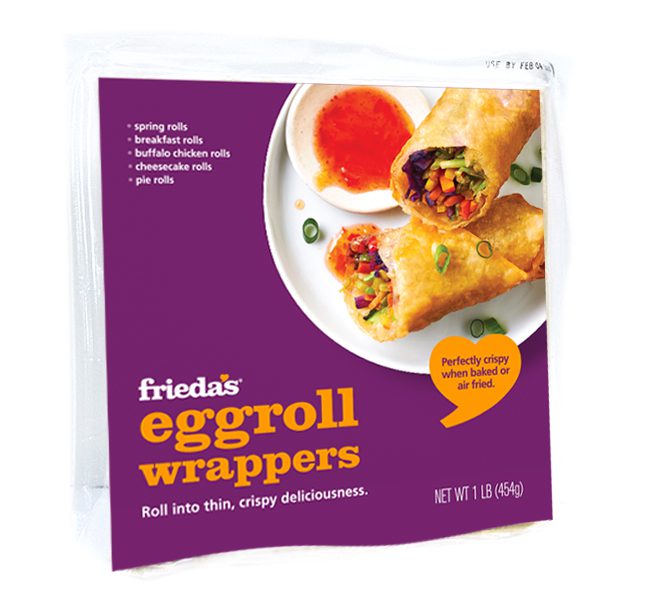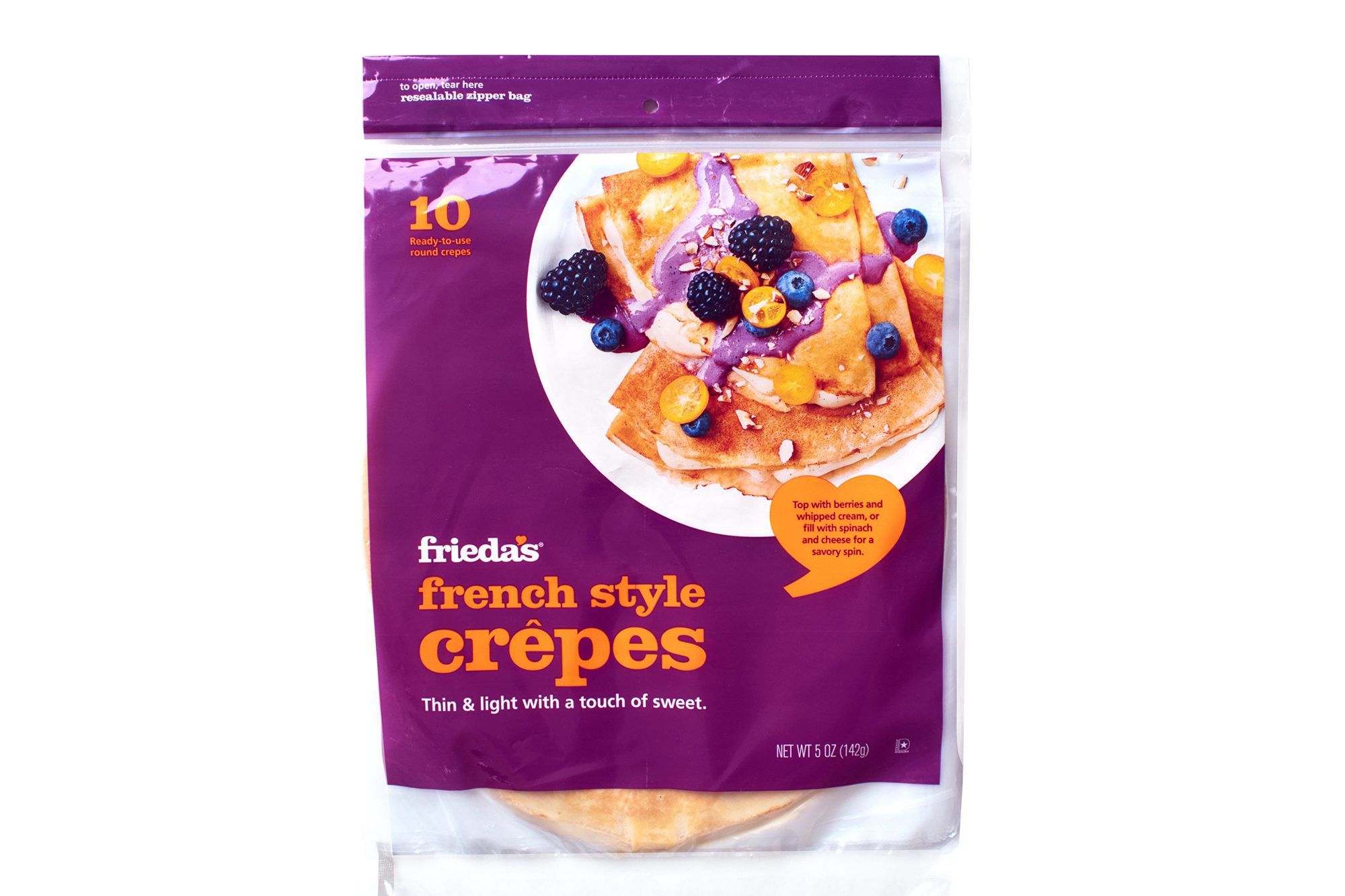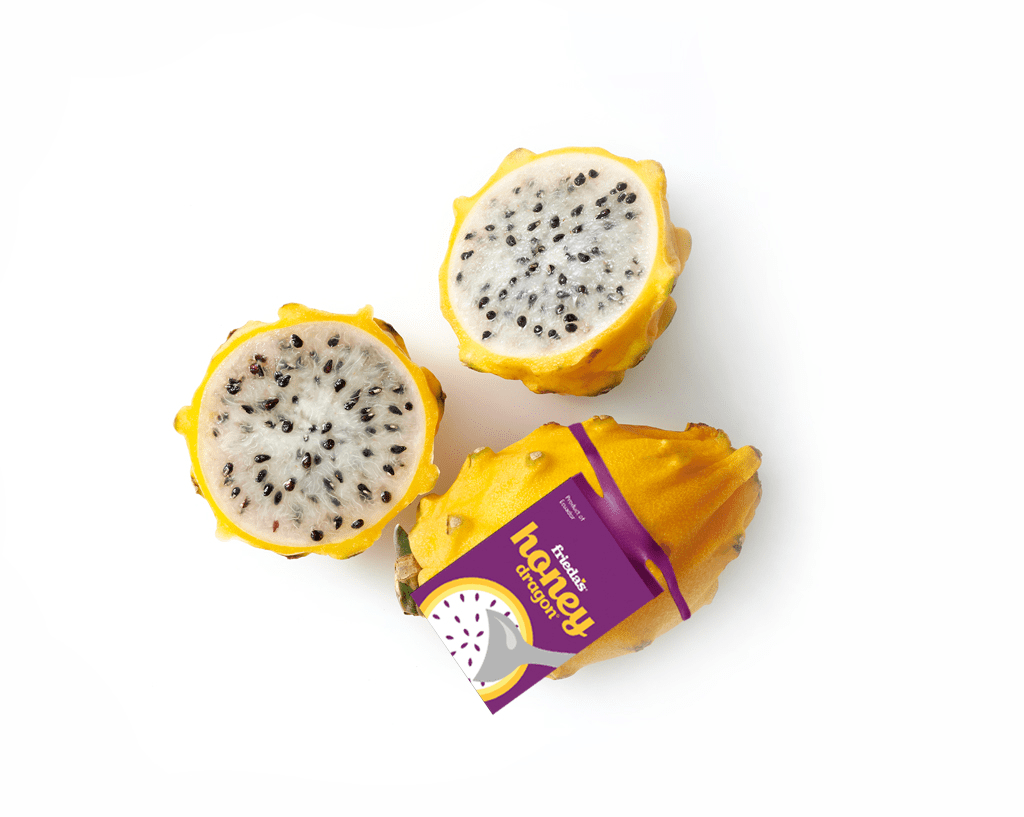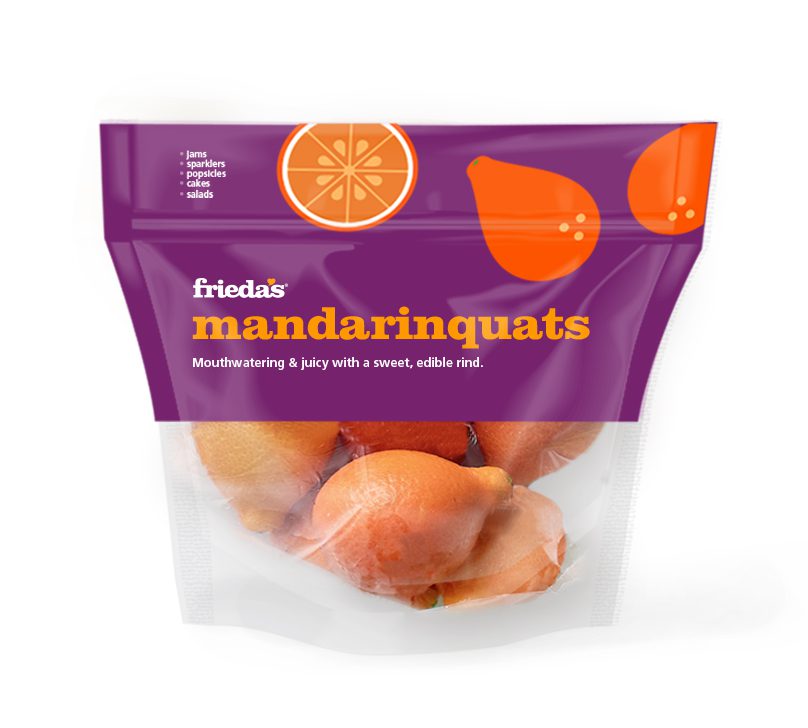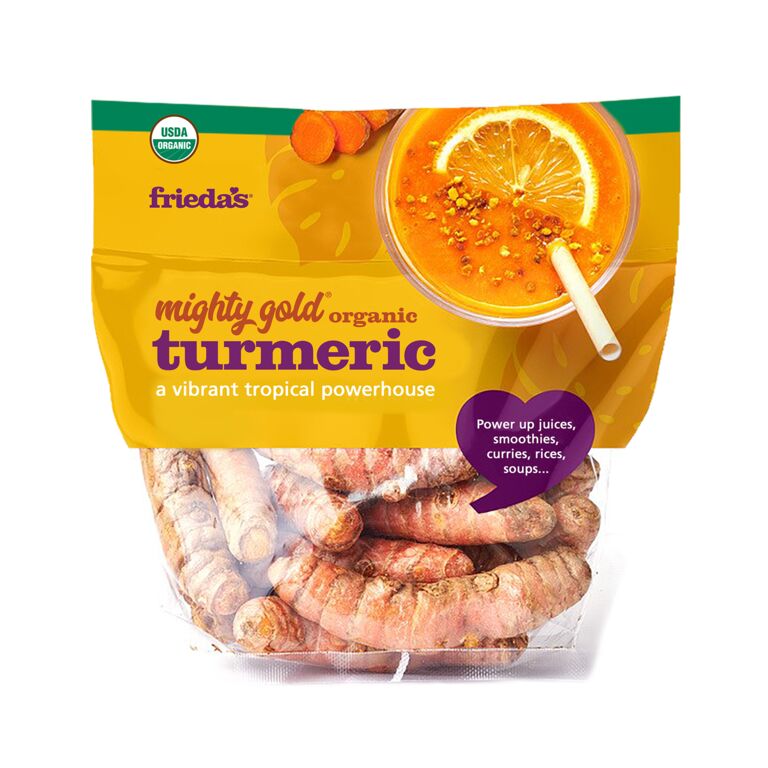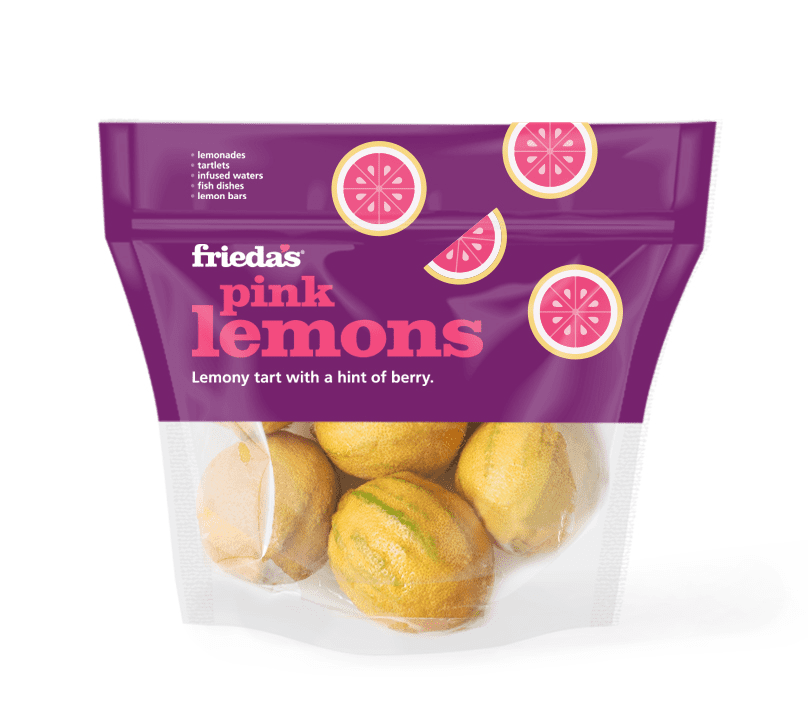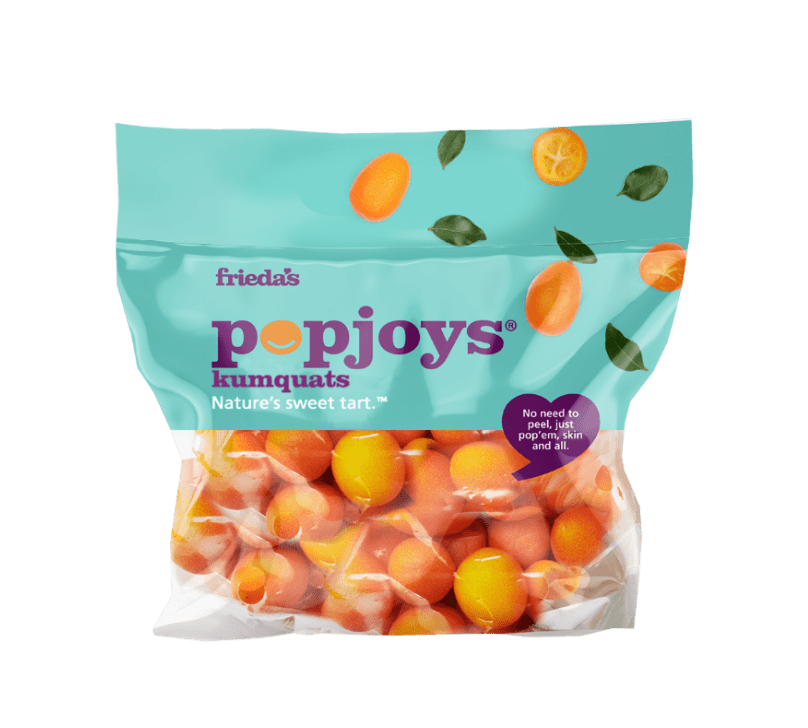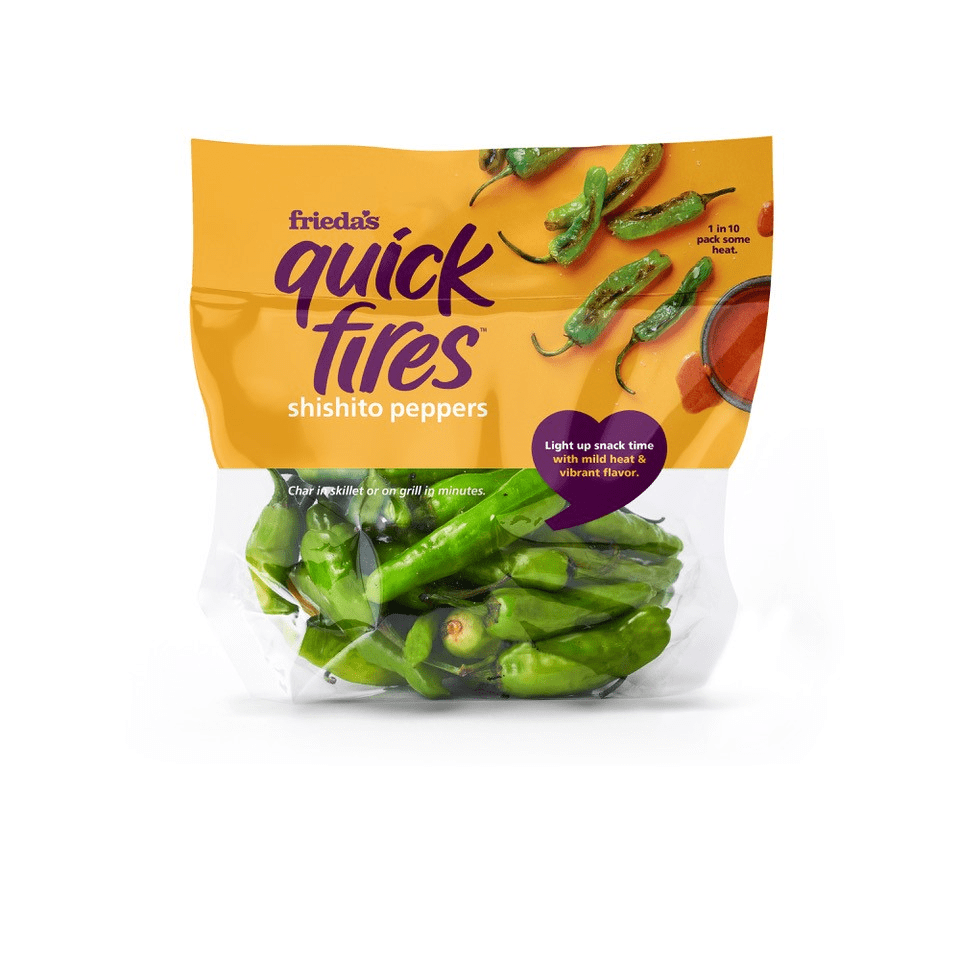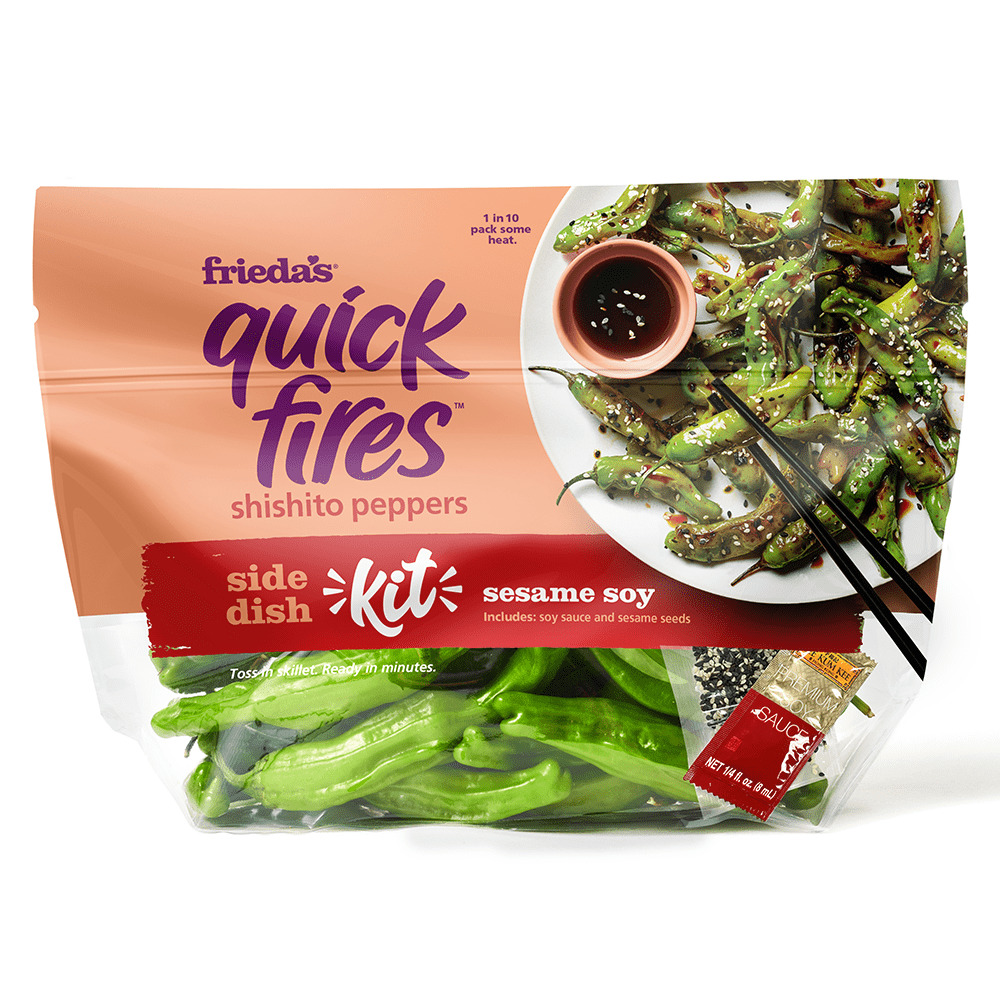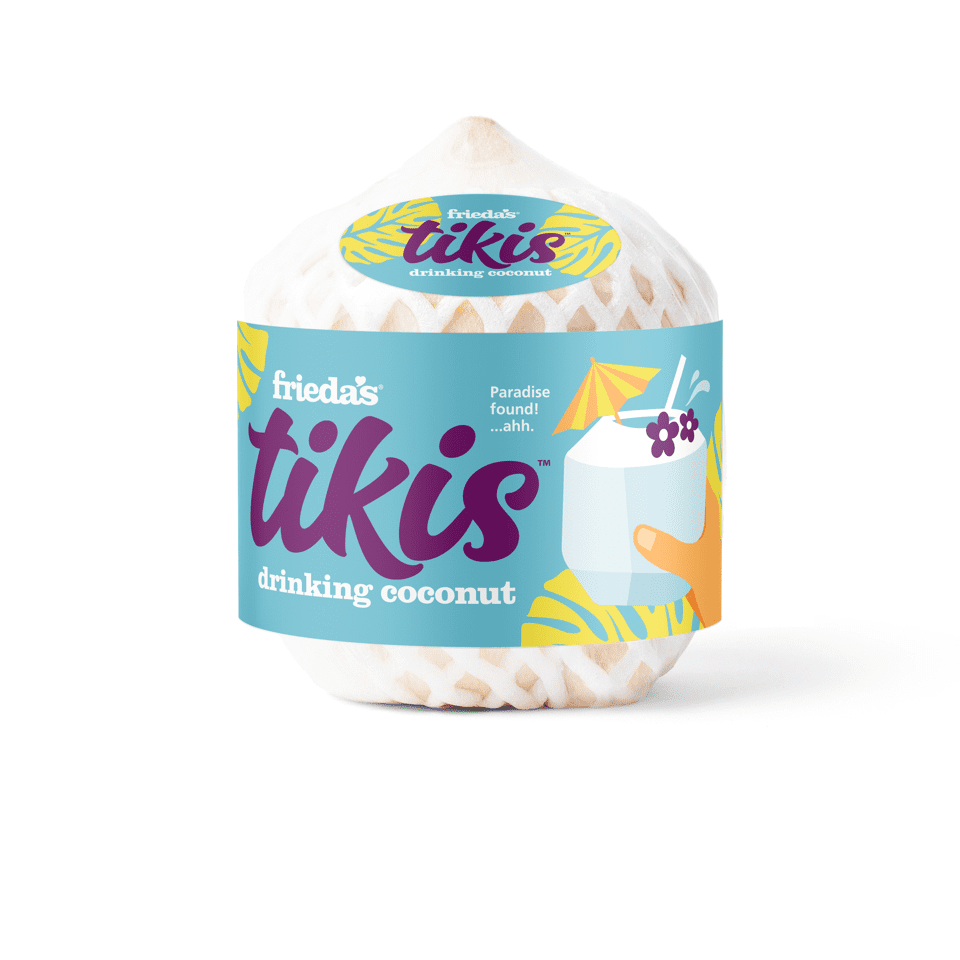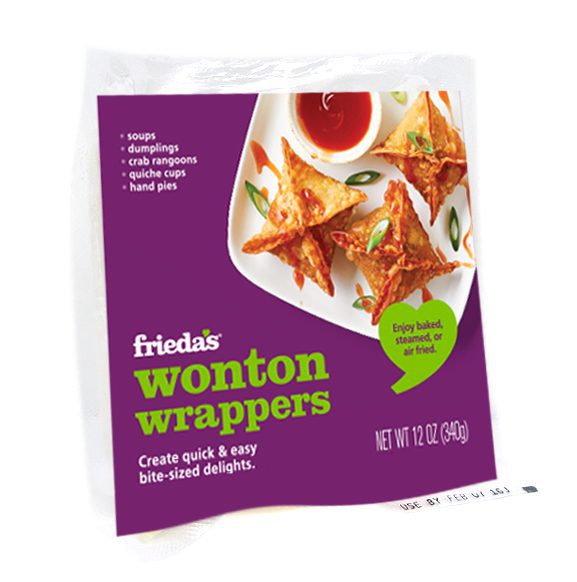Each December, I get to visit New York City. It’s one of my favorite global destinations, and it is especially delightful during the holiday season. The weather is cold and brisk, the holiday lights are up, and everyone is in the spirit of the holidays.
Several years ago during my annual visit, I had dinner with friends at Gramercy Tavern—the iconic New York restaurant located in the Flatiron District. It was an incredible experience. The restaurant was decorated for the holidays, the menu featured many of my favorite vegetables, and the service was amazing. I say “amazing” because when I returned to Gramercy Tavern 18 months later, the server remembered me.
I have never met Gramercy’s Chef Michael Anthony, but one day I hope to.
I was particularly intrigued when I received an email from Gramercy Tavern highlighting Chef Anthony’s new cookbook, “V is for Vegetables.” Now I am a bit obsessed with his new cookbook, particularly the recipe for Daikon Kinpira.
Chef Anthony writes:
“Before I went to Japan, I had no idea what a Daikon was; after living there I can’t imagine my kitchen without it. Daikon can seem daunting: it grows fast, large, and very dense, but it’s become a staple at our farmers’ markets. Less watery than a cucumber, less peppery than most other radishes, there’s nothing funky or weird about Daikon. And it’s super easy to peel. Grated, braised, pickled, or fermented—there are countless ways to discover this fresh, crunchy root.”
If you’re not familiar with Daikon, it looks like a giant white carrot. We nicknamed it “Japanese Radish” many years ago when we first introduced it to American supermarkets. It is usually found in most produce departments along with other Asian vegetables.
Daikon on bottom right of display, beneath the baby bok choy.Because it is so large—usually over 12 inches in length—some produce managers cut off the tops or even cut them into chunks. I guess they’re hoping to make them more approachable to shoppers. I really wish they wouldn’t do that. Whole Daikon is so beautiful and luscious.
Daikon is best eaten raw; the flavor is much milder than other radishes. It’s juicy and refreshing. I remember many years ago when one of our growers shared his “Secret of Daikon.” He told me that if you spill soy sauce on your shirt, you can remove the stain by dabbing it with fresh grated Daikon! (Good thing to remember next time you’re at a sushi bar.)
Judging from Chef Anthony’s description of how he uses it, I am considering substituting sliced or grated Daikon for cucumber in my next salad.
Maybe Daikon will be the new cucumber!
Enjoy!
Karen


